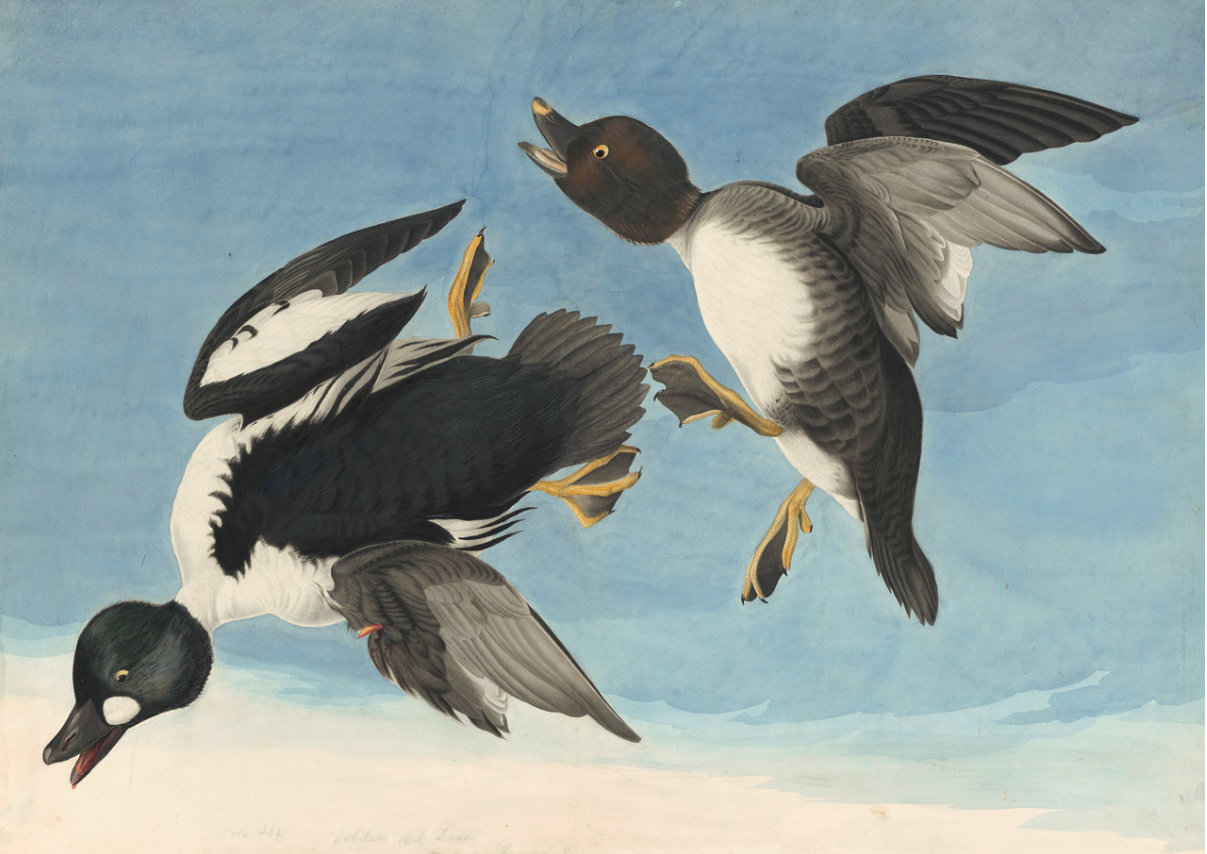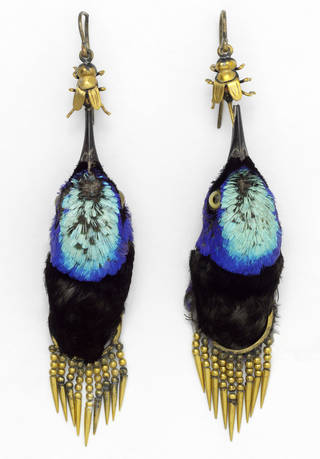For historians, travel to museums, libraries and historic sites is a way to get in touch with times past and seems, somehow, to improve understanding. I vividly remember the days I spent at Down House poring over Darwin’s artifacts, getting a feel for his working conditions, and supposing that somehow this made me a better student of evolutionary biology. The study of history does that for me, and many scientists, for reasons that are hard to pin down—I know that an appreciation for history helps my science but I cannot exactly say why.

Now with the ready availability of so much digitized material online, including excellent videos of historic places, scanned copies of original volumes and documents, and—coming soon—virtual and augmented reality presentations that will give an immersive experience, much historical research and ‘time travel’ can be had without leaving your desk. My friends in the History Department just roll their eyes when I say this because, for them, there’s just nothing like holding the real thing in your hand or sitting in the same pub as Tolkien when you read his notes. They cannot really explain why this is valuable but I know what they mean about that kind of experience.
These days much of what used to take months of painstaking research and travel to examine documents and specimens can now be accomplished in minutes online. A recent study, for example, used digitized photos of eggs from a museum collection to do a comprehensive comparative study of 1400 species [1]. The authors could have done that entire study without actually holding a real egg. In last week’s blog post, Tim Birkhead decried the absence of real eggs in a museum exhibit, and I understand what he means. Historical research benefits somehow from encounters with some real artifacts from the past.
Fortunately museums and libraries often put their material on display and I can recommend the following four exhibits worthy of your attention in the coming months; one in London, one in Sheffield, one in New York, and one in Baltimore. If you plan to be in any of these cities, do not miss these exhibits. I am tempted to go to London just to see the Fashioned by Nature exhibit described below, and maybe while there to make yet another pilgrimage to Down House.
Audubon’s Birds of America
New York Historical Society Museum and Library, 170 Central Park West, New York
When John James Audubon died in 1851, he was living with his family in Manhattan at their estate on the Hudson River. In part to pay the bills, his wife Lucy Bakewell Audubon sold his original watercolours to the New York Historical Society where they reside today. These are the watercolours from which the engraver, Robert Havell, made the now famous prints that comprised the elephant folio edition of Audubon’s Birds of America. You can now see many of these original watercolours and the engravings made from them in a gallery at the New York Historical Society. Details here.

This exhibition is temporarily closed until February 6th.
Fashioned from Nature
 Victoria and Albert Museum, London—21 April 2018 – 27 January 2019
Victoria and Albert Museum, London—21 April 2018 – 27 January 2019
This exhibition, which opens in April, will explore how natural materials, including birds, were used as fashion accessories over the past 400 years. Particularly in the Victorian era, colourful birds—like the honeyeater heads on the earrings in the picture—fuelled an obsession for natural fashion accessories and ultimately led to the establishment of the Audubon Society and laws to protect birds from unregulated slaughter.
The Wonderful Mister Willughby’s New Natural History
West bank Library, University of Sheffield, UK; until 28 February
Tim Birkhead wrote about this exhibition here a few weeks ago. Willughby was a pioneering English ornithologist whose ‘Ornithology’ with John Ray in 1678 arguably marks the beginnings of scientific ornithology.
Beyond Flight: Birds in African Art
Baltimore Museum of Art, Baltimore, MD; until 17 June 2018
This exhibit of West African Art illustrates the place of honour that birds occupy in many African cultures. Details here.
FOOTNOTES
- Stoddard, M. C., Young, E. H., Akkaynak, D., Sheard, C., Tobias, J. A. & Mahadevan, L. 2017. Avian egg shape: form, function and evolution. Science 356: 1249-1254.